What Makes Coraline So Scary? A Look Inside the Book and Film Adaptation
Coraline is a dark fantasy story following a little girl by the same name through a dangerous adventure in another world. The novella, written by Neil Gaiman, was published in 2002 and was picked up by LAIKA Studios for a claymation adaptation under the direction of Henry Selick. The film was released in theaters in 2009 with a PG rating and an option to view in 3D — nine year old me chose the latter.
The artistic choices in both mediums play into the scare-factor. Sprinkled throughout the novella are ink drawings of scenes that can be described as nothing less than unsettlingly dark. As for the film, claymation is no simple feat. Coraline was in production for four years. It was shot to be 24 frames per second, which required approximately 1400 photos per minute of film. Even deleted scenes were in production for months. Claymation, to some, is unsettling in itself, but Henry Selick, after having worked on The Nightmare Before Christmas and James and the Giant Peach, knew how to manipulate the characters in unnatural ways that are described vividly onto the screen.
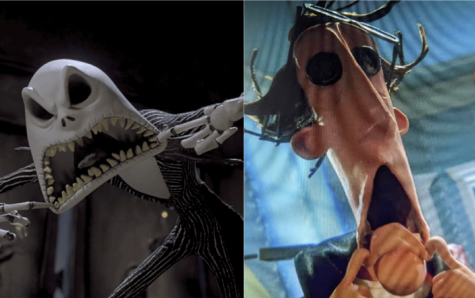
To add to the childhood wonder of this story, the film’s composer, Bruno Coulais used gibberish to add lyrics to some of his pieces in the film. Without the music, this film wouldn’t have the same atmosphere. He used lots of whispering sounds and chimes to fortify the fantastical feel to the piece while incorporating darker stings for the underlying danger yet to come while experiencing the colorful world.
Both versions of the story lure the audience in with a mysterious curiosity. We’re gripped into the story with the opening line of, “Coraline discovered the door a little while after they moved into the house” (Gaiman 3), and we explore this beautiful three flat home with acreage and animals to get our bearings. Once we’re grounded in the setting and we find the door, we enter Coraline’s first dream…but I would personally call it a nightmare.
Coraline dreams of rats gathering under the night sky that sing to her. “We are small but we are many. We are many, we are small. We were here before you rose, We will be here when you fall” (Gaiman 13). These rats are pivotal to the plot advancement, leaving Coraline with eerie rhymes of foreshadowing as she explores deeper into the world The Other Mother, aka The Beldam, has created for her. The Beldam often tells Coraline that if she’s a good girl, she can go and play with the rats upstairs and each time the rats are a focus on the page we get a new song, with a new message to interpret.
As Coraline crosses the threshold into the other world – a near perfect copy of her own home – the audience is lulled into the magical elements of the story in both the film with its accordion-like tunnel, and the dark hallway that seemed to be alive with “something very old and very slow” in the book. In both situations, we’re reminded of the dangers ahead; the book with it’s tonal descriptions and the film with its music stings, but enticed with the same curiosity that Coraline possesses. This “old and slow” description is used a few times throughout the book, making the house feel like it is alive, trying to get Coraline as she’s crossing the path between the two worlds.
While in this copy of her apartment, Coraline finds her mother. Most children see their parents as figures of protection, comfort and love, so when you take something that resembles a motherly figure in a child’s life and accompany it with descriptions such as, “She looked a little like Coraline’s mother. Only… only her skin was white as paper. Only she was taller and thinner. Only her fingers were too long, and they never stopped moving, and her dark red fingernails were curved and sharp…and then she turned around. Her eyes were big black buttons” (Gaiman 33), and “each of the teeth was a tiny bit too long” (Gaiman 73), it evokes an emotional fear reaction.
Despite her concern for the other mother’s appearance, she still acts more motherly than her own. Once Coraline meets the dead ghost children, we see the consequence of trusting The Beldam. These ghosts go into vivid detail of their experience deteriorating into nothing as the other mother fed on their souls, including a description of what it feels like to die, “She will take your life and all you are and all you care for, and she will leave you with nothing but mist and fog…And one day you’ll awake and your heart and your soul will have gone. A husk you’ll be, a wisp you’ll be, and a thing no more than a dream on waking, or a memory of something forgotten. Hollow, hollow, hollow, hollow, hollow, hollow” (Gaiman 102).
The Beldam herself is terrifying both on screen and on the page. When Coraline makes the deal with her to find the children’s souls and her parents, Coraline asks her to promise on something, and she says, “I swear it on my own mothers grave…I put her in there myself. And when I found her trying to crawl out, I put her back” (Gaiman 111).
She creates what she knows will impress the child and lure them in but uses her energy wisely. The Cat says to Coraline, “Spiders’ webs only have to be large enough to catch flies” (Gaiman 89). In many ways, The Beldam is like a spider. The claymation adaptation of her final form resembling a spider is truly one of the most frightening things I remember experiencing as a child.
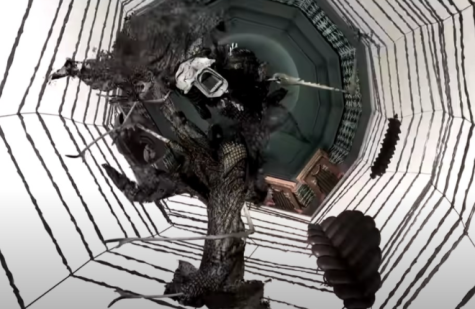 Many kids are afraid of spiders, so by modeling the other mother as a spider-like creature in the film and book solidified this creature to be as scary as it possibly could be to a child, and I’d like to say they succeeded. Coraline is figuratively and physically (in the film version) caught in The Beldam’s web when she believes she’s won.
Many kids are afraid of spiders, so by modeling the other mother as a spider-like creature in the film and book solidified this creature to be as scary as it possibly could be to a child, and I’d like to say they succeeded. Coraline is figuratively and physically (in the film version) caught in The Beldam’s web when she believes she’s won.
The scariest scene in Coraline lives in the book. After Coraline finds two ghost souls, The Beldam gives her a key to the cellar. There, we find what’s left of her creation –the Other Father– once he wasn’t of anymore use to The Beldam. “A mouth opened in the mouthless face, strands of pale stuff sticking to the lips, and a voice that no longer even faintly resembled her father’s whispered, ‘Coraline’ (Gaiman 133). This creature attacks Coraline, chasing her out of the cellar. “She could not take her eyes from the floor beneath her, though, across which the pale thing flopped and writhed, hunting for her…Then, fast as a serpent, it slithered for the steps and began to flow up them, toward her” (Gaiman 137). Coraline doesn’t let herself feel scared in the moment, but thinking back on it she longs for her boring life before heading upstairs to the top-most flat.
Specific scenes and descriptions aside, Coraline goes on a rough journey and evolves from a bored explorer to a triumphant hero, even though she’s the only one who remembers. What makes this Coraline so scary is that the story takes the comfortable and twists it into something uncomfortable. We return, however, to the story of a brave little girl. Coraline is forced to face this perilous journey alone. When we’re alone, things often seem more scary, and at multiple points in the story Coraline finds herself needing to be brave. She explains bravery as doing something that’s scary despite being scared. She helps teach young readers that it’s okay to be afraid in the face of danger and how to use that fear to muster courage into bravery.

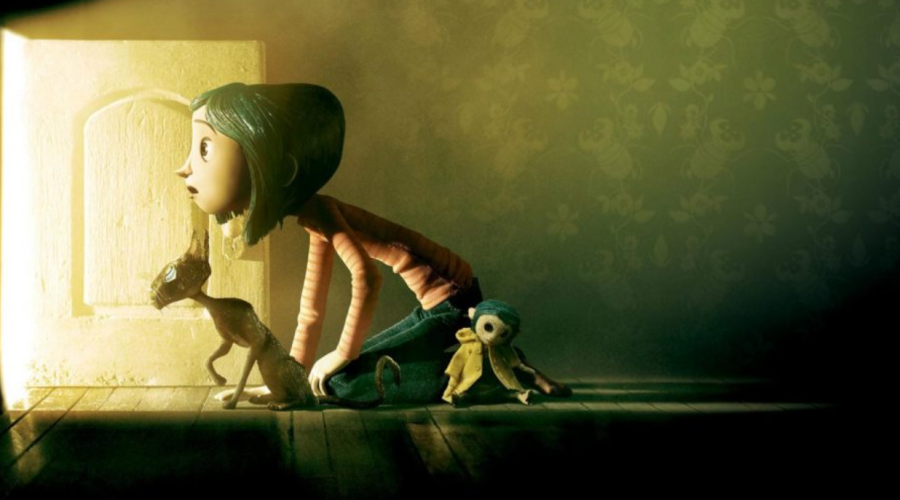

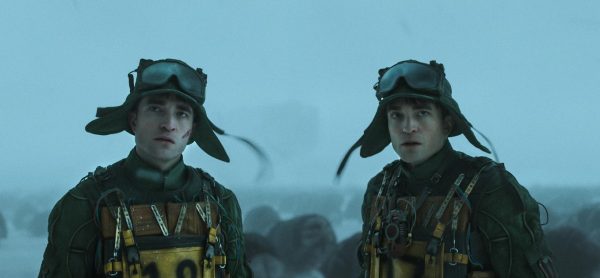


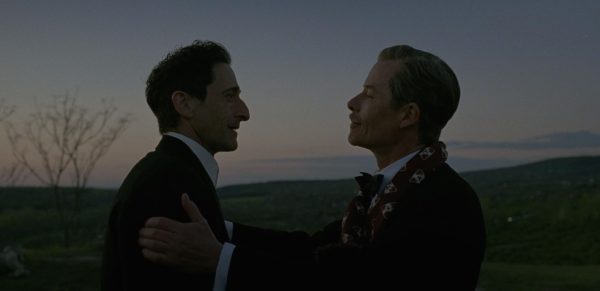
Gabby • Feb 2, 2025 at 4:48 PM
I love this movie but it made me scared when i was younger 🙁
makeila • Oct 3, 2024 at 7:01 PM
great article and well written. love the movie need to read the book(have it) will be using this for my reacher paper
Dominic • Oct 26, 2023 at 8:45 PM
LOVE THE MOVIE
Danielle vonOhlen • Feb 24, 2022 at 2:56 PM
Amazing artical … Well written and great layout. Interesting facts .. All in all good read !! Recommended..
Chris • Feb 24, 2022 at 2:45 PM
Beautifully and accurately written!! If I didn’t already see the movie, I’d want to see it now. I will have to purchase the book!
Dominic • Oct 26, 2023 at 8:46 PM
yes it is